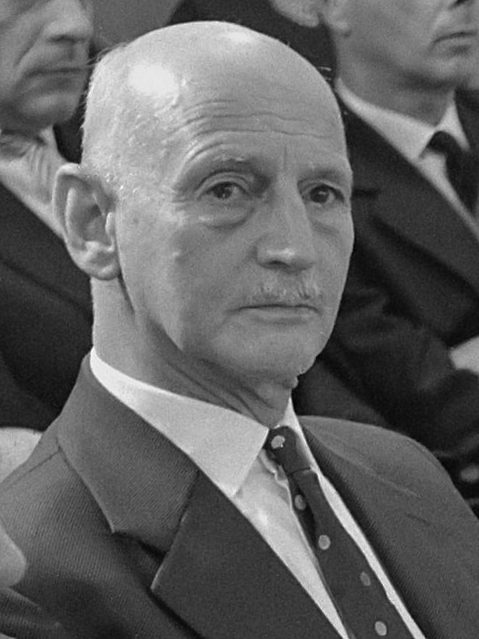As Jewish Museum Milwaukee gets ready to open The Girl in the Diary: Searching for Rywka from the Lodz Ghetto, JMM’s archive recently received a unique donation connected to a more well-known Holocaust Diary. In the 1970s, Otto Frank sent a tape describing his daughter, Anne’s, experience to students from Mukwonago. He offers an introduction to her life and provides an epilogue to the book: what happens after the Frank family is forced from hiding? What could Anne never record about her experience? This touching testimony personalizes the experience of a young girl who has become the face of the Holocaust to so many, providing insight to the wonderful writer that has compelled generations of readers.
Diary of a Young Girl by Anne Frank has been translated into seventy languages and is central to teaching the Holocaust around the world. With Girl in the Diary, Jewish Museum Milwaukee is thrilled to be able to introduce a new diary to help students better understand the experience of a different young girl during the Holocaust. JMM is the first American institution to host this exhibit from the Galicia Jewish Museum in Krakow, Poland; it will be on display from January 23 to May 17, 2020.
Rywka (pronounced Rivka) Lipszyc and Anne Frank were both born in the same year. They may have even overlapped in their time at Bergen-Belsen near the end of the war. While Anne documents her life hiding in the Annex in Amsterdam with her family, Rywka writes passionately about her experience in the brutal Lodz Ghetto. Her diary was written over the course of six months from 1943 to 1944. At this point, Rywka’s parents are dead and two of her siblings have been deported and murdered (although she does not know their fate). Both Rywka and Anne express their profound love of writing and use their diaries as a way of responding to the impossible challenges surrounding them. The diaries become an escape, a confidante, and a support.
Anne and Rywka are two of many diarists during the Holocaust, sharing their immediate and personal stories help us understand the terror and trauma at an individual level. We will explore this topic more deeply with Dr. Rachel Baum on February 12, 2020 in her presentation, “Holocaust Diaries: An Intimate View.”
Images:
1. Otto Frank, May 1961, from the Dutch National Archives.
2. Anne Frank in 1940, while at 6. Montessorischool, Niersstraat 41-43, Amsterdam (the Netherlands). Photograph by unknown photographer.



